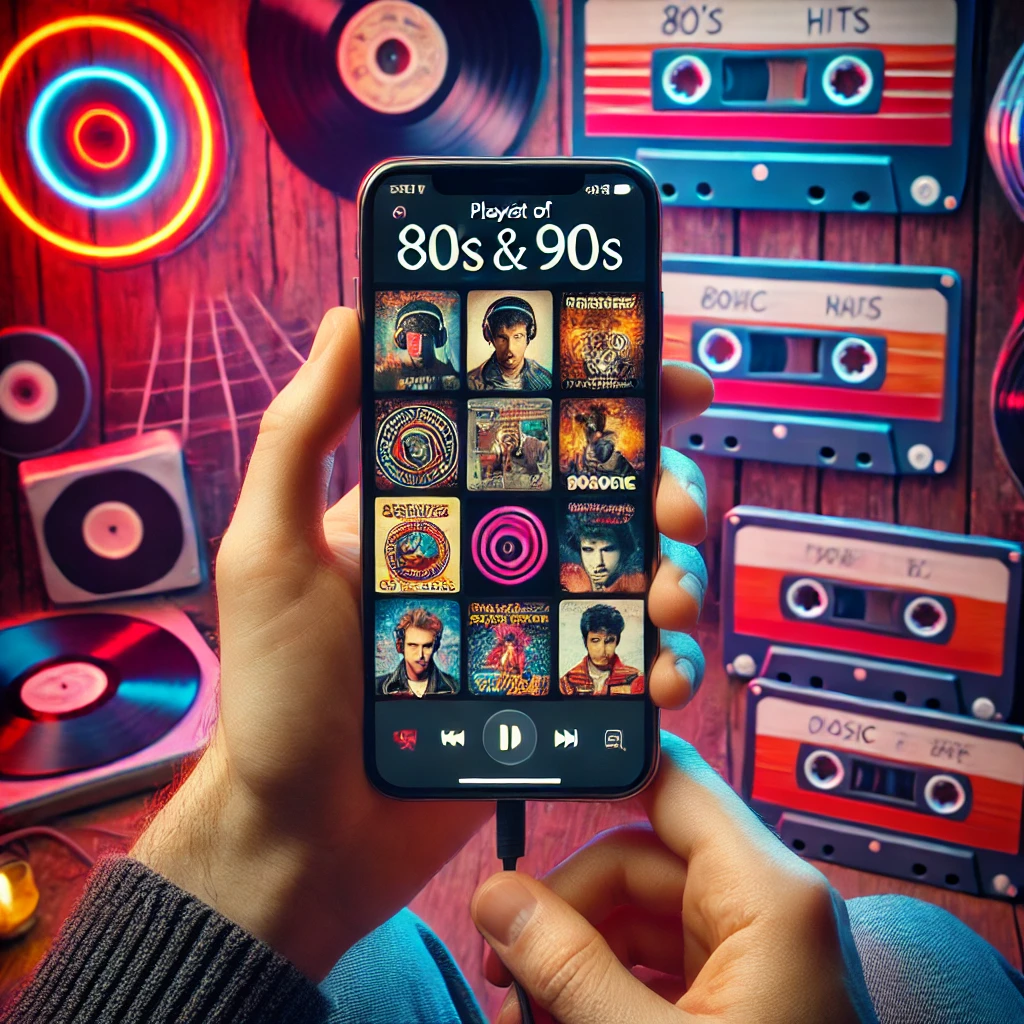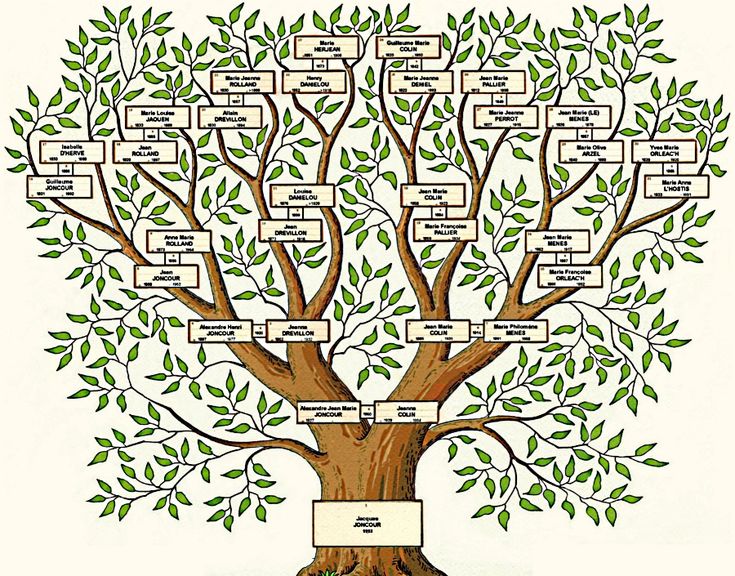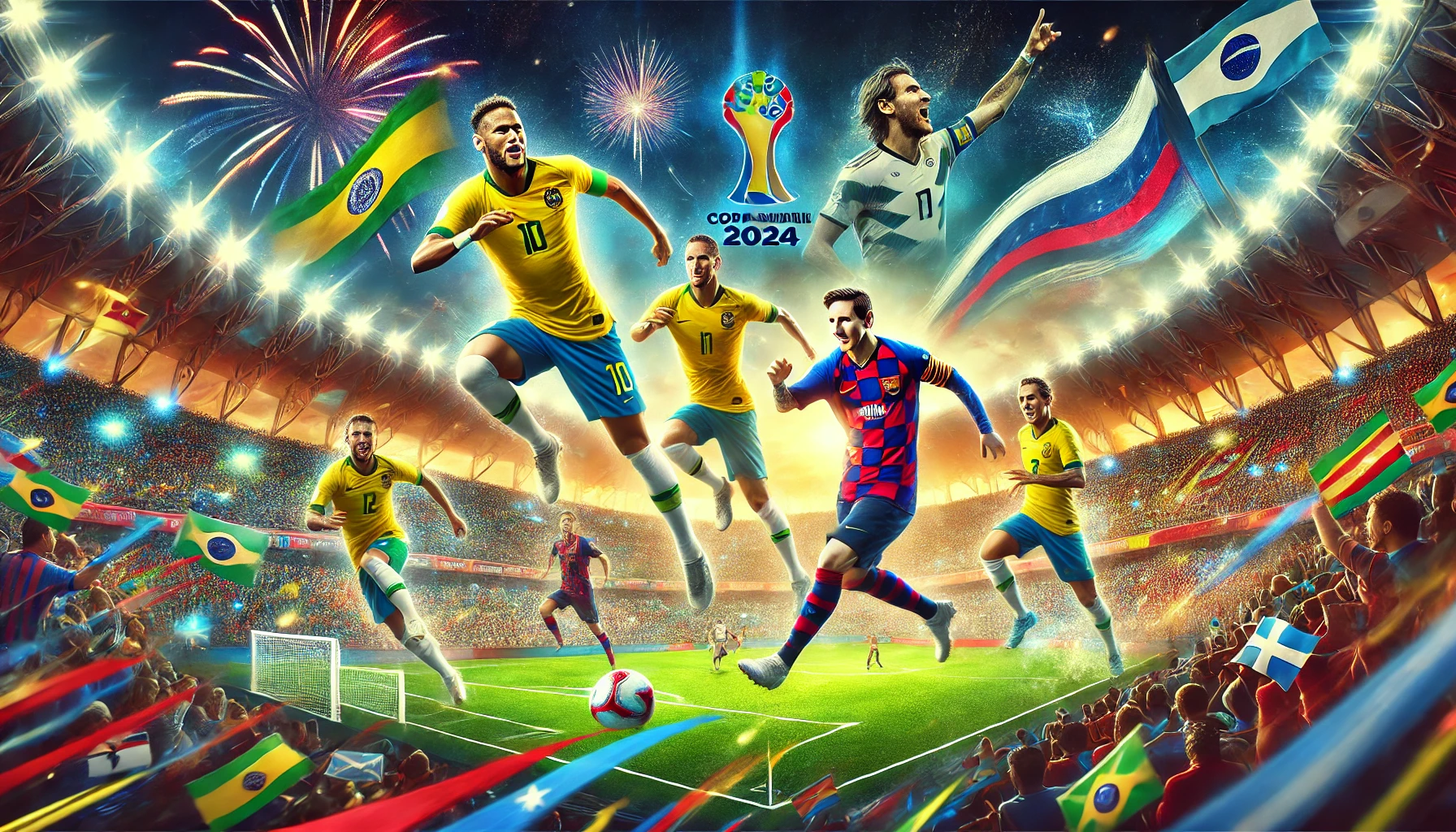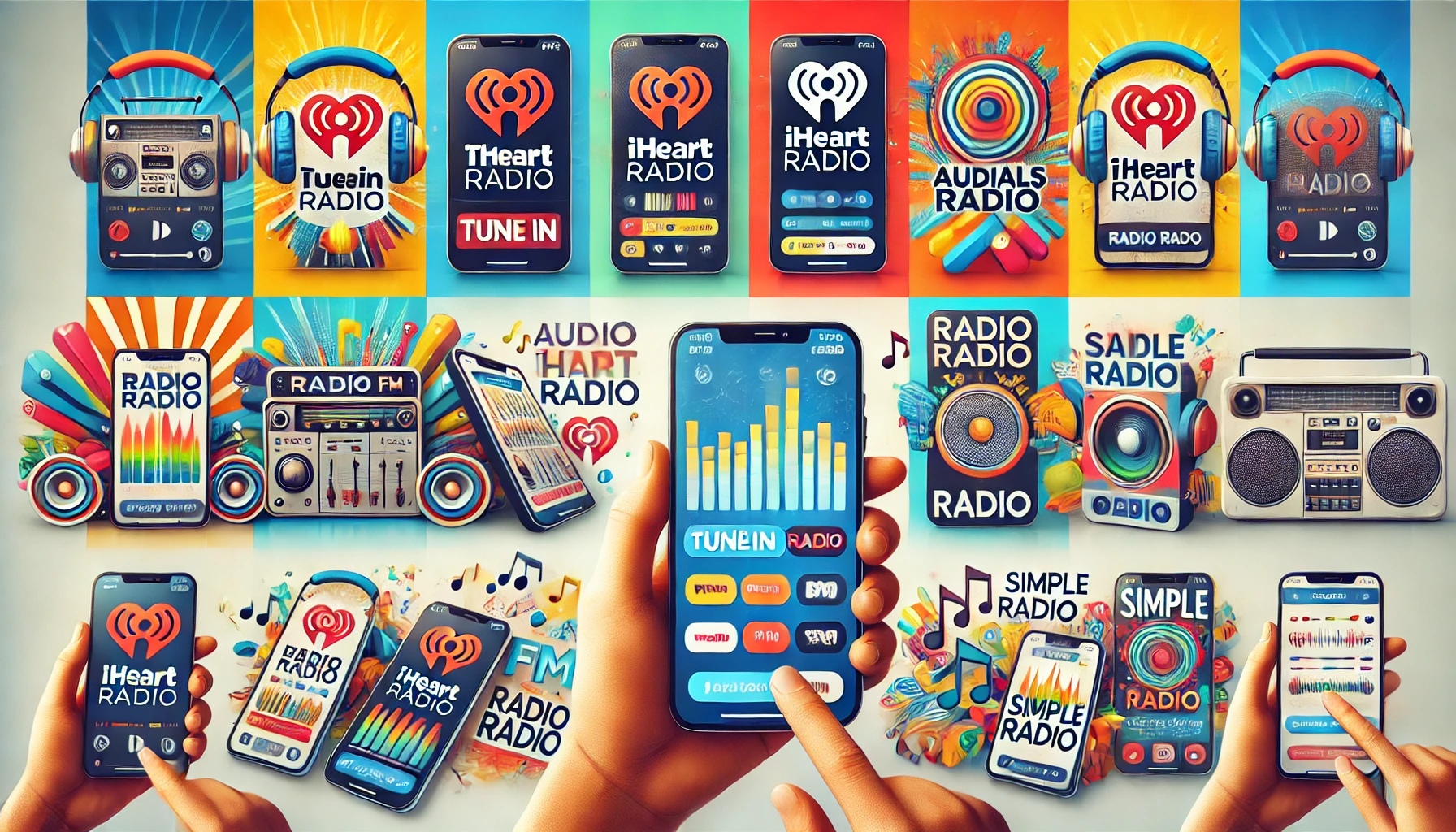Many apps have been developed to satisfy our curiosity about what we will be like when we grow up. We selected four of these apps to show users a version of themselves, in Photos, in old age (and much more!).
1. FaceApp
One of the favorites of users looking for a app With this feature, the FaceApp has the ability to convert Photos to show older versions of them. But the plan goes further.
Other features of this tool include finding out your younger self and other gender (female or male). You can also include makeup, beards, specific hairstyles, smiles, and more.
Ah, the app even has resources for users to make collages and GIFs of photos resulting from the implemented transformations.
2. Oldify
Oldify is also an aging app that lets you choose how old you want to look in your photos. Above 40, 60 or 99? This is your choice. If you wish, you can customize the image with 3D accessories such as glasses, hats, hair, etc. in different styles.
Furthermore, the “aging process” can be carried out on video. The app lets you take photos with different expressions and edit the audio so your voice sounds like an older person.
Fun fact: The developer of this app has other image modification apps in his portfolio. As is the case with Baldify (makes you bald in photos), Fatify (makes you fat in photos) and Zombify (shows a zombie version in photos).
3. AgingBooth
It was developed especially for the user's photoaging function, and the interface is simple and intuitive. Just select a photo from your gallery or take one directly from the app's camera. Then, just click the “Start” button.
To view the original version of the photo again, simply “shake” the phone. The developers of this app also have apps for those who want to see their chubby, bald, mustache and other versions of themselves in photos.
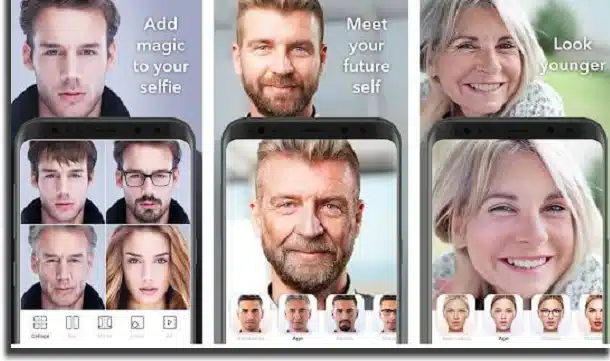
4. HourFace: 3D Aging Photo
Choose a photo from the gallery or take one with the camera application. Then add aging effects, use unique animations, and share the results with your friends.
Here's HourFace's proposal: aged photos in 3D. For best results, ideally, the subject should be facing the camera with their forehead exposed and in a well-lit environment.

